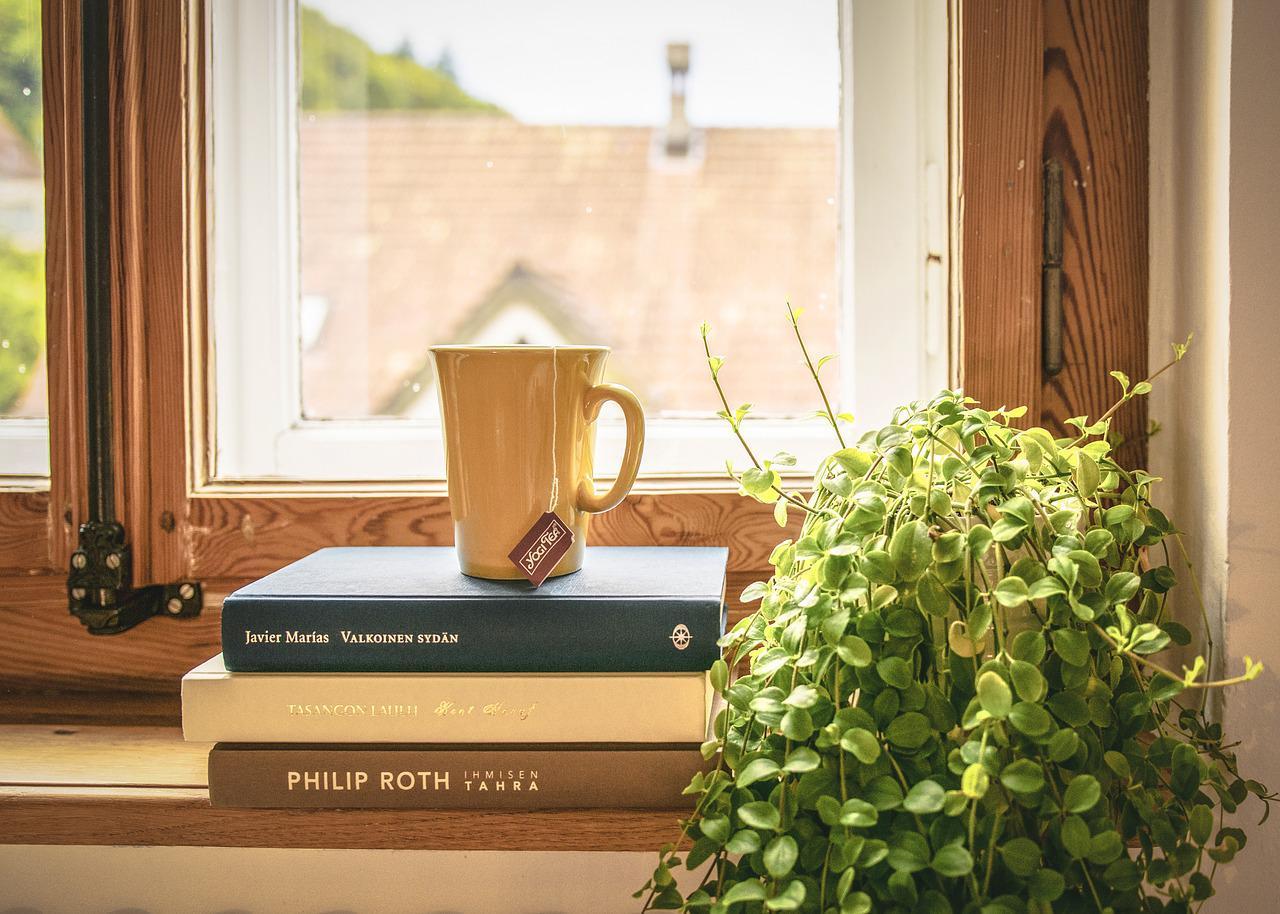People have started incorporating houseplants as part of interior design. This option is also best for you if you don’t have an outdoor garden or just wish to bring greenery inside. They tend to light up a room with their presence and beautiful colors.
When growing houseplants, you need to care for them and ensure maintenance. Not all plants require the same type of care, but knowing the general rules and tips for indoor gardening are necessary.
Learn How to Water Houseplants
In the case of outdoor plants, it doesn’t matter even if you over-water them. But it’s not the case for indoor ones; it’s better to underwater the plants than overwater them. The reason is that indoor plants are better off when they are slightly dry rather than drenched in water.
The primary goal is to keep the plants moisturized with enough water. One trick is to slowly water the soil until it reaches the bottom of the plant pot.
Most indoor plants require watering once or twice a week. You can check if the plant needs watering by sticking your finger a few inches deep into the soil. If it feels dry, then it’s time to water.
Get the Right Amount of Light
As we know, all plants require light to strive, but the amount varies depending upon the type of plant. Most houseplants require indirect light than from a direct source. Place your plant near the windows and get custom window blinds by Stoneside to provide the right amount of light for plants.
Some plants, like pothos, grow well in shady and low-light conditions. In contrast, others require artificial lighting to help them grow well. The need for artificial light arises, especially in the winter and areas with few hours of daylight.
Buy fluorescent or LED bulbs that closely resemble the solar light spectrum.
Maintain Temperature and Ventilation
You need to monitor temperature using an indoor thermometer. Many indoor plants require temperatures around 65 degrees Fahrenheit during the day and around 10 degrees cooler at night.
You can search on the level of humidity required for your plants depending on the plant’s type. They grow best when their surroundings are matched to their natural growing conditions.
Some plants acquire water from the air, so spray water near them daily. Plants that don’t require excessive moisture need proper ventilation. You can place a fan near the houseplants to ensure proper air circulation.
Use the Right Soil and Pot
Don’t compromise on the quality of soil for your plants. Providing the best quality soil will ensure a perfect balance of nutrition for them. Buy a potting soil that is made for your houseplants.
Choose a pot size that can accommodate the plants easily and check drainage capability. Don’t make the mistake of buying a huge pot for a small plant, thinking that it will outgrow it later. You can just transfer it to a bigger pot. If you grow in the big pot before then, it won’t be able to absorb enough moisture.


